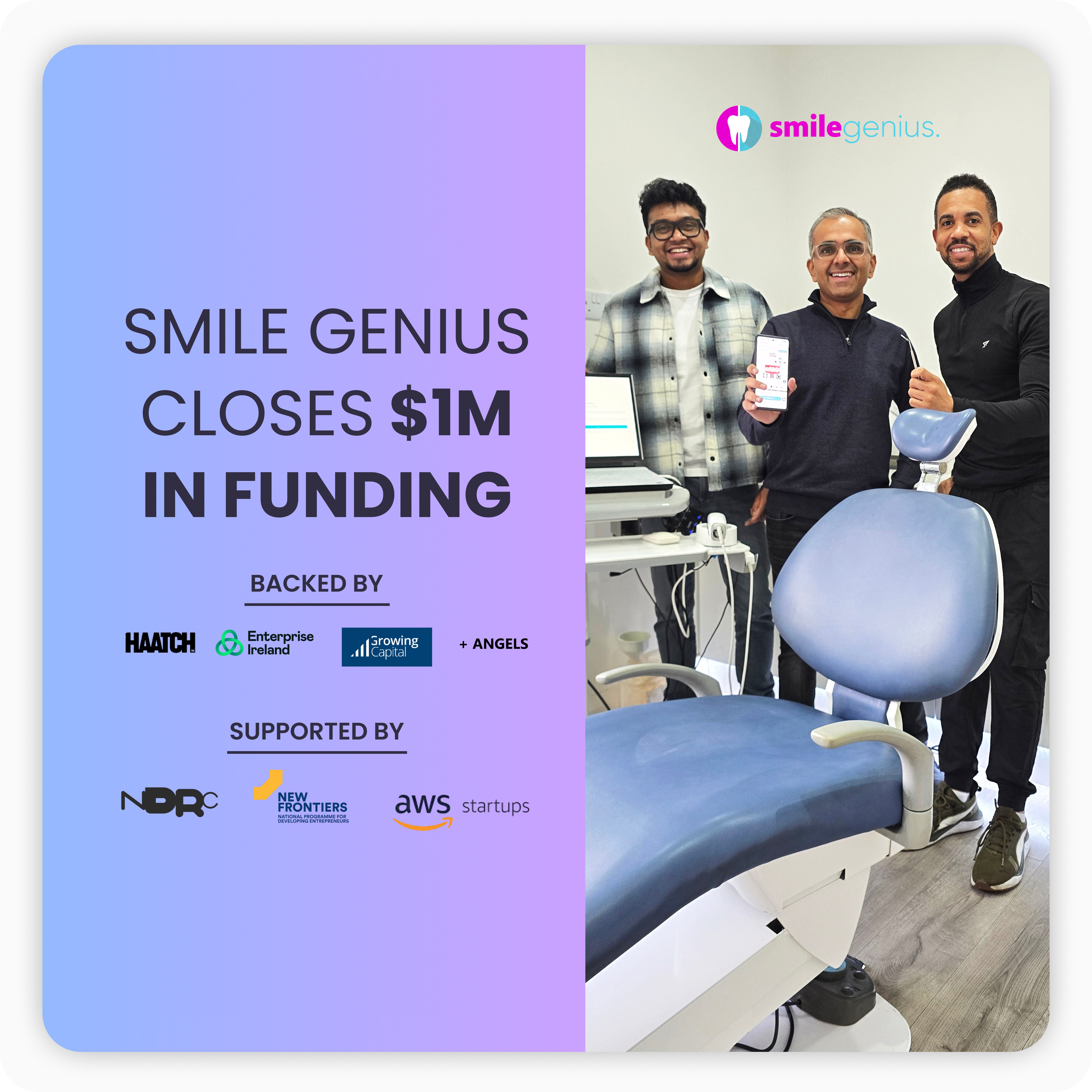Aug 4, 2025
There’s still plenty of money in the orthodontic world. But if you look at where it’s flowing in 2025, it’s not going into another round of “new aligner brand” plays or marketing-heavy DTC clones. The attention and the capital are heading toward platforms that actually help clinicians run things better.
At the same time, some high-profile bets on the consumer side of orthodontics are quietly being walked back. That doesn’t mean the aligner market is slowing down. It just means that people are realising the real opportunity isn’t about scale alone, it’s about control, insight, and delivery.
The tray isn’t the differentiator anymore. The platform around it is.
💸 Investors Are Still Interested, But They’re Smarter About Where They Place Bets
Orthobrain raised $7.5M in April. Their play isn’t just to sell aligners, it’s to support general dentists who want to offer ortho without hiring in-house specialists. Training, diagnostics, planning help, and fulfilment, all in one place. It’s a tightly packaged model, and investors like it because it scales well without relying on a single margin line.
That same trend shows up elsewhere. OrthoFX picked up $17M late last year, leaning into better materials and AI-powered monitoring. Biolux Technology raised CHF 4M to push their light-assisted ortho model into more clinics. These aren’t moonshot bets. They’re calculated moves into companies that help reduce friction in treatment and tighten up clinical workflows.
More importantly, most of these platforms are launching with more structure than labs and brands had even five years ago. They come out of the gate with dedicated onboarding teams, usage data, and clinical oversight. Labs that are used to getting a scan file and shipping trays are suddenly dealing with partners who expect a full-service model. And they’re backed by teams that are good at building those systems.
That’s the difference now. It's not just funding. It’s funding paired with execution discipline.
🧠 Labs Will Start Feeling This, Whether They Compete With It or Not
Some labs may look at these funding rounds and think, “This isn’t for us.” But the moment general dentists get more confident in offering ortho, the way they interact with labs changes too.
You’re not just shipping trays anymore. You’re now part of the clinical pipeline. That comes with a different kind of responsibility, approvals, mid-treatment changes, plan review loops and none of it fits inside a 3-line email and a Dropbox link.
And the platforms are making that handoff easier. They’re giving clinics pre-set workflows, easy chat access to clinicians, and clear SLAs. If your lab can’t match that rhythm, even with great output, you’ll just feel harder to work with. That’s a brand risk, not a quality problem.
The bigger worry isn’t losing a customer. It’s becoming invisible in a space where the platforms start owning the full relationship.
🏛️ DTC Didn’t Die. It Just Got Absorbed.
Straumann selling DrSmile to Impress didn’t grab headlines, but it matters. DrSmile was supposed to be Straumann’s shot at the direct-to-consumer space. The idea was clear: take more margin by going around the dentist.
But scaling a DTC aligner brand is expensive. You’re constantly running uphill on patient acquisition, clinical compliance, and tray revisions, all without a physical relationship to hold it together. Eventually, it doesn’t make sense.
So Straumann stepped back. They’re putting their weight behind clinician-led workflows again, which is where they’re already strong. The message here is subtle but strong: even with big resources, it’s just easier to scale when the doctor is part of the system.
The reality is, the DTC model hasn’t disappeared. It’s just moved upstream into hybrid setups. Impress, for example, combines clinics with their own tech stack. SmileDirectClub’s collapse was another sign: the model isn’t dead, but the infrastructure behind it has to be tighter than ever.
🏗️ New Operating Models Are Starting to Cement
If you look at how most of these new platforms are behaving, there’s a pattern. They aren’t building silos. They’re building systems that connect clinics, labs, treatment planning teams, and support teams into a single pipe.
These are not loosely connected toolkits. They’re orchestrated models. And they leave less room for partners who are used to coming in late or operating on autopilot.
For labs, this means rethinking where you show up in the workflow. Are you part of the case setup? Do you surface turnaround delays early? Are you plugged into whatever clinic tools your clients are already using? These aren’t future questions. They’re becoming day-one requirements.
And underneath all that, there's a more practical issue. Labs that aren’t adapting are often doing more work than they need to, chasing approvals, repeating stages, and manually matching invoices. It’s not about “going digital.” It’s about not bleeding time and trust through invisible inefficiencies.
⚖️ Platforms Aren’t Just Competing. They’re Consolidating the Workflow
The divide is becoming more obvious now. Labs that have started thinking like platforms, even if they’re not building software, are locking in relationships. They’re making themselves harder to replace. The ones that haven’t? They’re stuck fighting on price or turnaround time.
The longer this goes on, the more tempting it becomes for platforms to bring more of that work in-house. If a lab can’t offer reliability, clarity, or planning assistance, there’s no reason not to replace them with an internal team or a better-integrated partner.
And once that switch happens, it’s rarely temporary.
This isn’t about panic. It’s about clarity. If you’re part of the aligner ecosystem, whether you’re on the clinic side, the lab side, or the software side, the market is telling you what it values. Fewer layers. More transparency. Better coordination.
That’s what capital is chasing. That’s what consolidation is protecting. And that’s where the next decade of orthodontics is quietly being built.
Matt Everatt joins as an advisor to Smile Genius
December 18, 2025
A New Chapter for Dentistry’s Shared Operating Layer
December 16, 2025
Smarter Workflows, Stronger Margins: How Aligner Labs Can Scale Without Sacrificing Quality.
October 15, 2025




